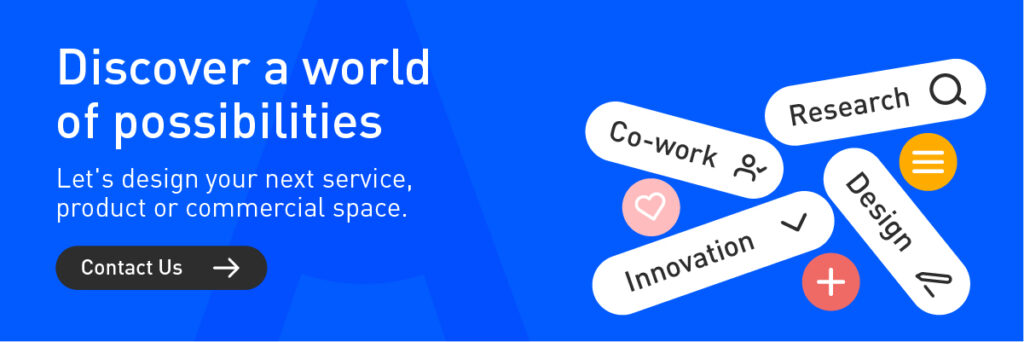Planned obsolescence has been a common practice in the industry for decades. Through it, many companies have generated high revenues by manufacturing products with a limited lifespan. However, the negative effects of this model, such as increased electronic waste, environmental impact, and loss of consumer confidence, are making this strategy unsustainable.
Today, faced with more conscious and demanding consumers, new opportunities arise to rethink product design. In this context, Products That Grow (PTG) are emerging, an alternative that aims to break the cycles of obsolescence and move toward a more sustainable and innovative economy.
What is planned obsolescence?
Planned obsolescence is a strategy whereby products are deliberately designed to stop working or become obsolete after a certain period, thereby incentivizing their replacement. This practice can manifest itself in various ways.
Types of planned obsolescence
- Functional obsolescence: The product stops working properly after a certain period of time.
- Perceived obsolescence: Despite functioning well, the product is considered outdated or out of date.
- Incompatibility obsolescence: The product becomes unusable with new technologies or systems (e.g., software, chargers).
- Planned obsolescence: When the manufacturer intentionally designs parts with a limited useful life.
Examples of planned obsolescence
- Smartphones that stop receiving updates.
- Household appliances with non-replaceable parts.
- Fast fashion clothing that loses quality after a few uses.
The emergence of products that grow (PTG) as an alternative
Faced with this scenario, PTGs are emerging: adaptive and innovative products designed with a long-term vision, capable of adapting to the changing needs of users. This evolution not only responds to a market need, but also to an urgent call to reduce the environmental footprint and strengthen the relationship between brand and consumer.
What is a PTG product?
A scalable product is a good or service designed as an expandable platform, rather than a rigid object. Its design allows for:
- Adaptation to new contexts.
- Integration of new functions or components.
- Longer lifespan and reduced waste.
It leverages technologies such as rapid prototyping, modularity, and digital customization, enabling unique and sustainable experiences.

Case Study: Adobe’s Project Primrose
During the Adobe MAX 2023 event, Project Primrose was unveiled, a smart dress that represents a revolution against the fast-fashion model. Its adaptive digital design allows it to change shape and color in real time depending on the environment, mood, or taste of the wearer.
This concept exemplifies a PTG product, avoiding perceived obsolescence and offering a technologically sustainable solution that connects emotionally with the wearer.
Keys to designing products that grow
To leave planned obsolescence behind and move toward more resilient and responsible models, here are some key points for designing PTG products:
1. Conceptualize an expandable product vision
Design for more than just a single use. Project how your product can grow, adapt, or serve new users.
2. Design in a modular way
It allows certain parts of the product to be easily exchanged, upgraded, or repaired, thus extending its useful life without having to replace it entirely.
3. Create sustainable value
Sustainability must be at the heart of design. A durable product reduces waste, strengthens customer relationships, and contributes to a circular economy.
Learn how Blaster works on sustainable service design.
4. Work from a multidisciplinary approach
Designers, engineers, software experts, and sustainability experts must collaborate to create adaptive and technologically viable solutions.
5. Trace paths of evolution
Design with the product’s future in mind. How will it grow? What features will be added? How will it remain relevant to the user? Be inspired by our vision of business innovation.

Final reflection: Design with purpose
The end of planned obsolescence is not only possible, but necessary. Growing products represent a vision of the future where objects adapt, evolve, and authentically connect with people and the planet. Take a look at the Repack case study: sustainable and circular design for inspiration.
At Blaster we help you build that future
At Blaster, we help you conceptualize products and services that are good for your business, your customers, and the environment. With our team of experts in industrial design, service design, and sustainable design, we are able to make your innovation projects a reality. Contact us via WhatsApp for personalized advice.